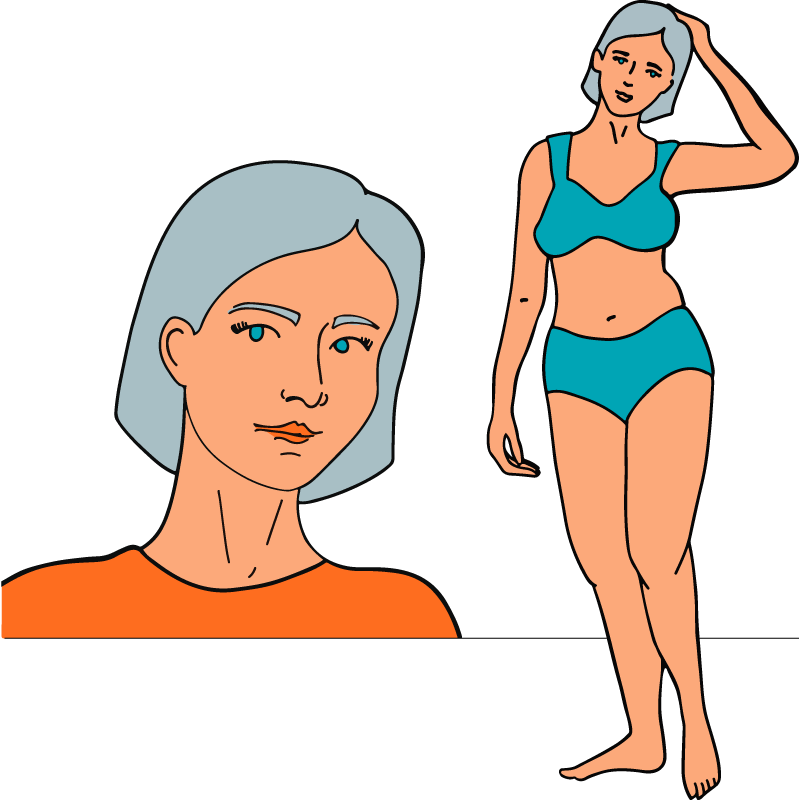What tweakments are available for vaginal laxity?
Laser Therapy: Laser therapy for vaginal rejuvenation can stimulate collagen production, improve blood circulation, and enhance the overall elasticity of the vaginal tissues. It can also have a tightening effect on the vaginal walls. Different types of laser can be used, specifically CO2 lasers, such as SmartXide Touch, which deliver controlled energy to the vaginal tissues, and Erbium YAG lasers that target the water in the tissues, resulting in controlled ablation and collagen stimulation.
HIFU: High-Intensity Focussed Ultrasound is another non-invasive treatment that uses energy to heat the vaginal tissues to promote tightening.
Are there any other considerations to bear in mind?
It’s essential for women concerned about vaginal laxity to consult with a specialist to discuss their symptoms before seeking treatment. Effective, safe solutions require the oversight of a gynecological expert, so an appropriate option based on your individual needs can be provided. Additionally, understanding the potential risks, and realistic expectations is integral, especially for interventions that require invasive action.
Are there surgical treatments for treating vaginal laxity?
If you are struggling with significant vaginal laxity, surgical treatment may be recommended. In particular, vaginoplasty is a targeted surgical procedure that involves the tightening and reshaping of the vaginal canal. It can be performed to address significant laxity, especially after childbirth, with the procedure tailored to your specific needs.
Similarly, perineoplasty is a surgical procedure that focuses on repairing and tightening the tissues in the perineal area, which is the region between the vagina and the anus. This procedure may be considered for women experiencing laxity in this area. Meanwhile, while labiaplasty primarily focuses on reshaping the labia minora or majora, it may also help tighten the vaginal entrance to some extent.
Can medication help with vaginal laxity?
While not the main purpose of HRT (hormone replacement therapy), if vaginal laxity is associated with the hormone changes of menopause, specifically decreases in oestrogen, the medication can help with symptoms. This is because oestrogen can help improve the elasticity and thickness of the vaginal tissues.
How much, on average, would treating the concern cost?
Treating vaginal laxity ranges quite widely in cost, especially depending on the severity of your issue. Kegel exercises offer a free option for mild laxity, due to their strengthening of the muscles in the area, whereas surgery reaches into the thousands, but may be necessary for a significantly lax vagina.






 The Tweakments Chatbot
The Tweakments Chatbot